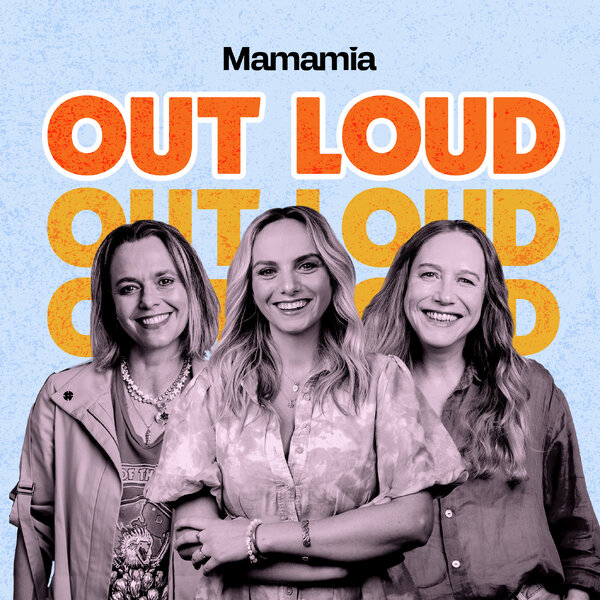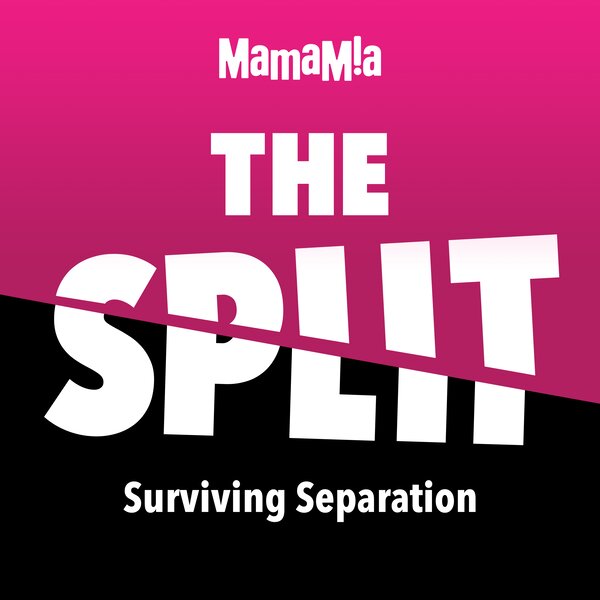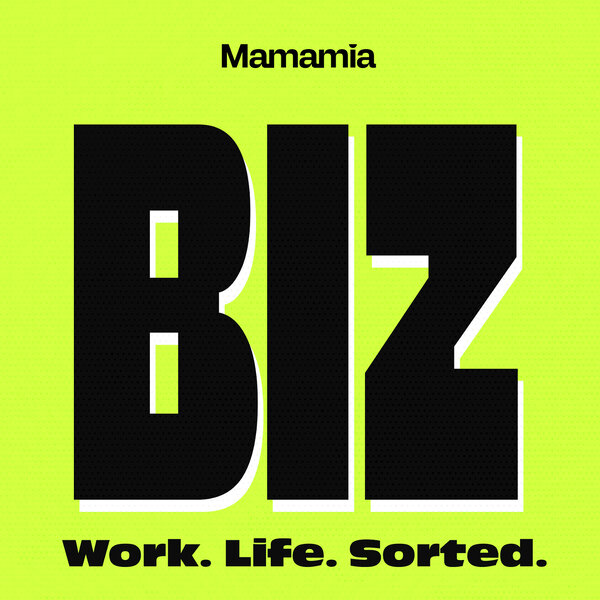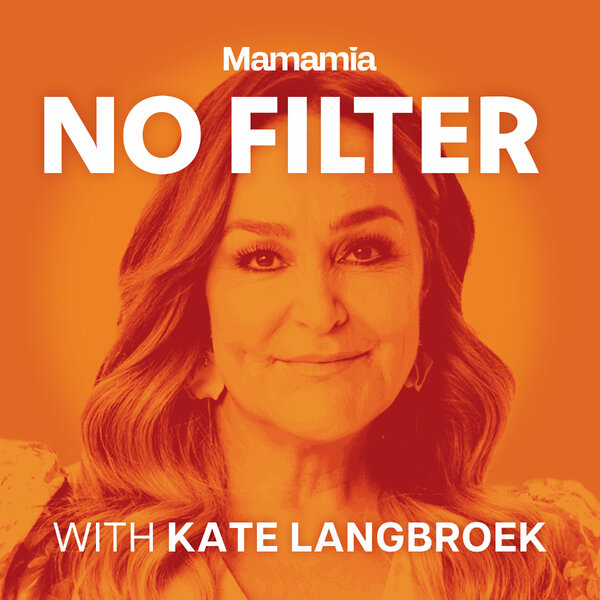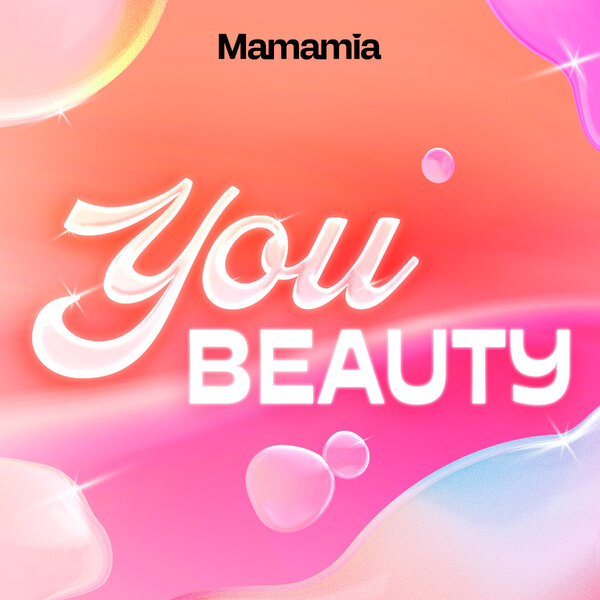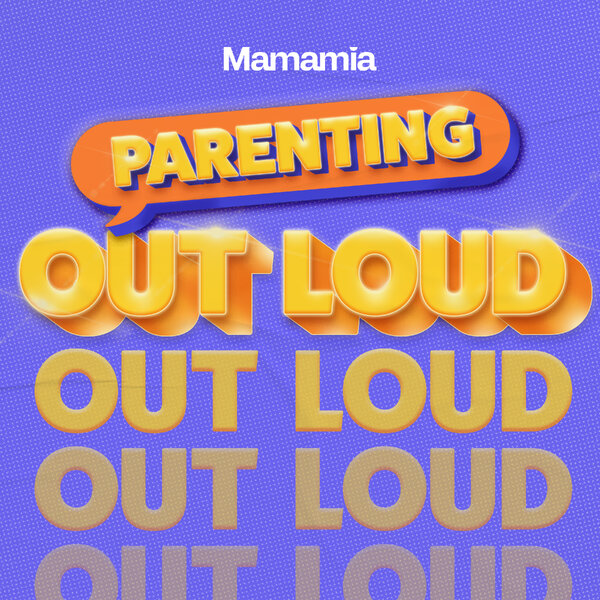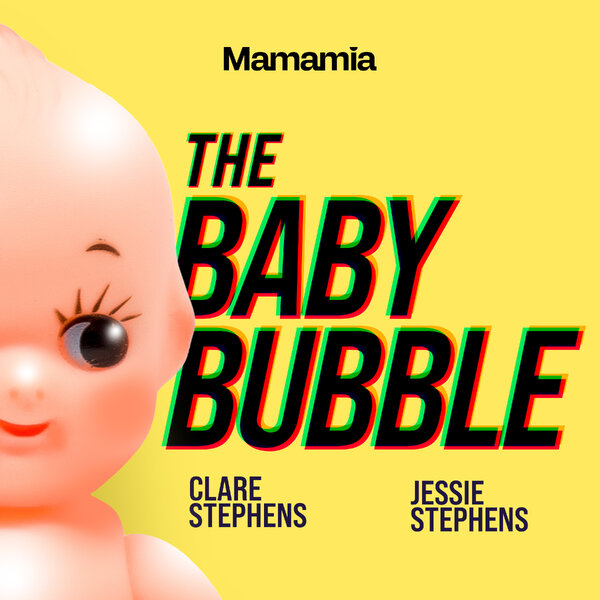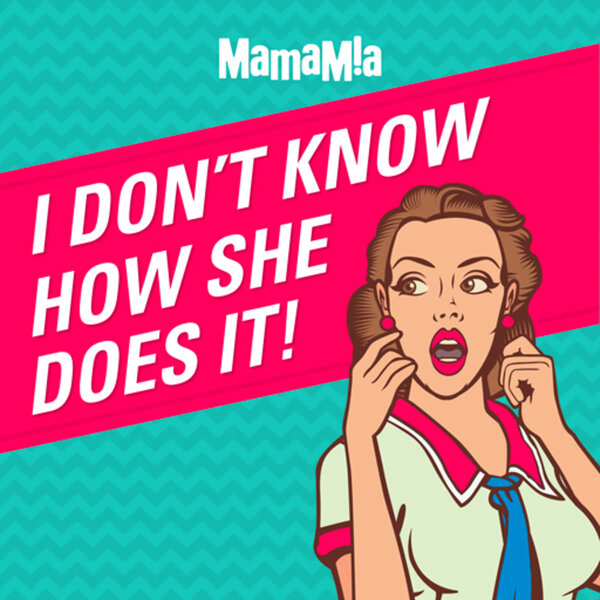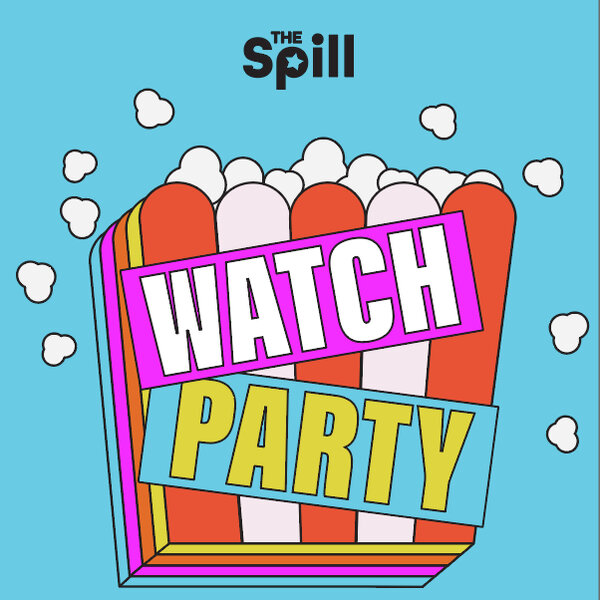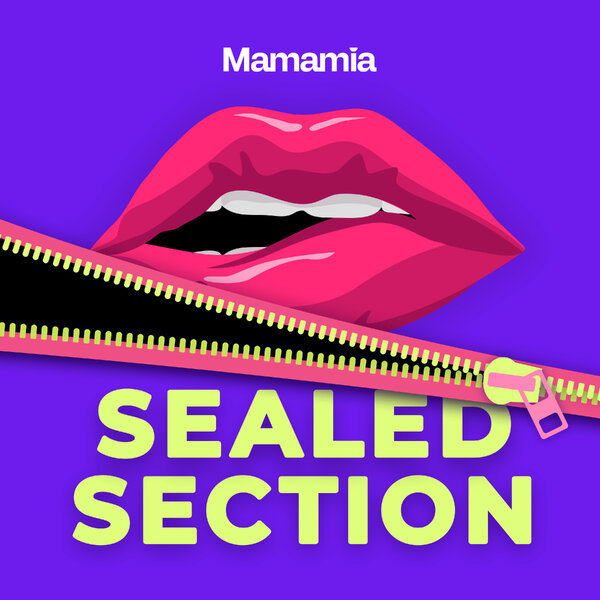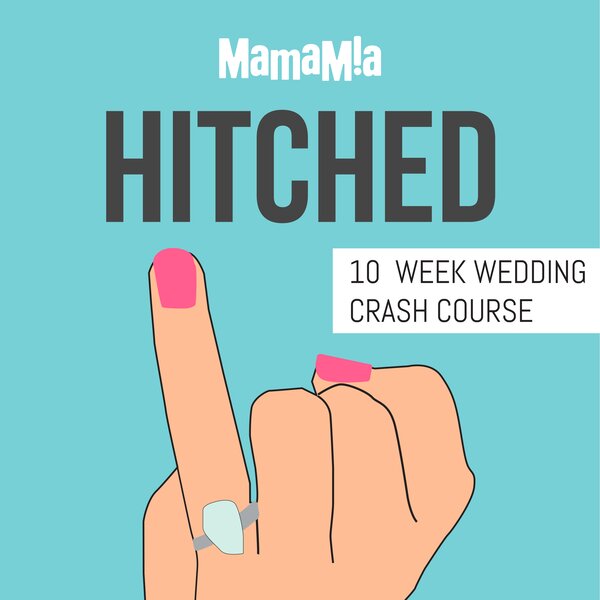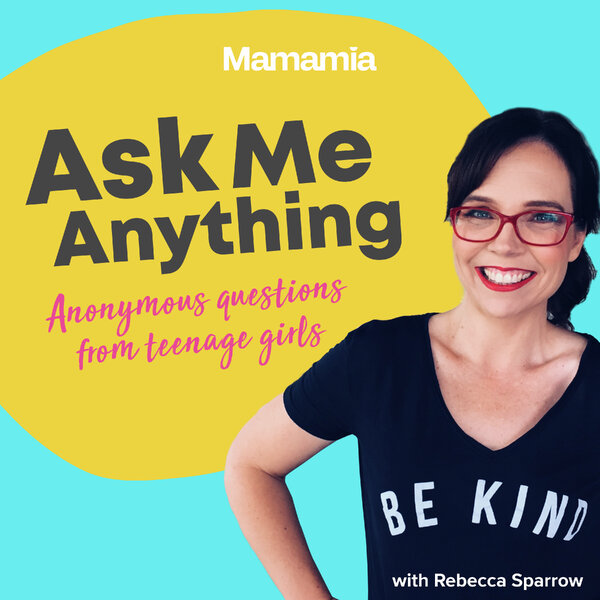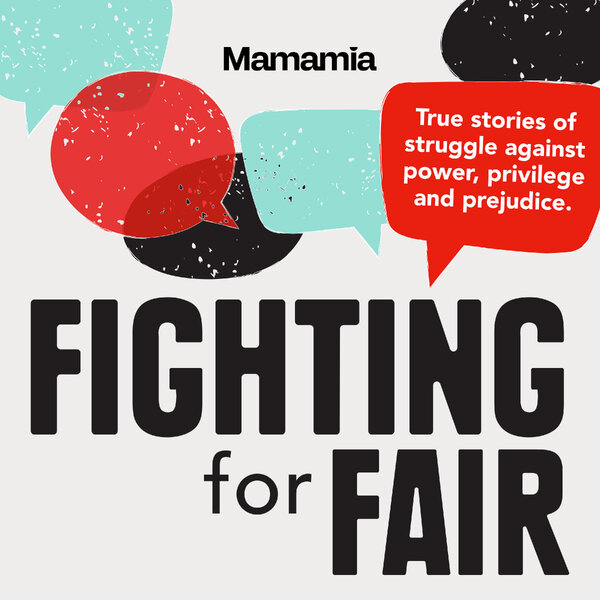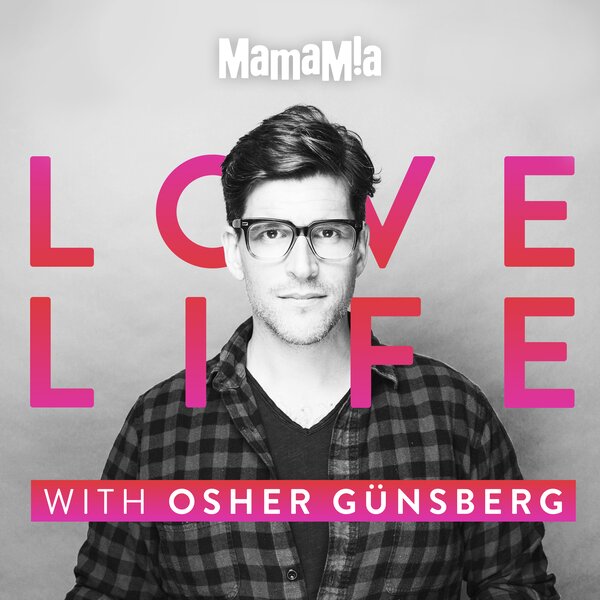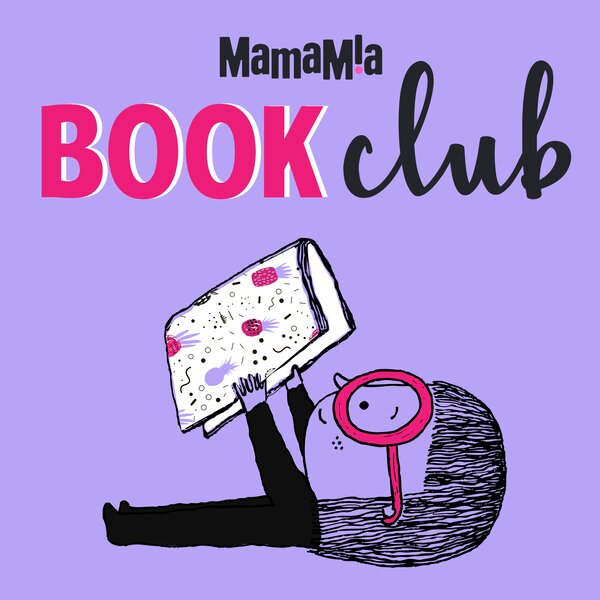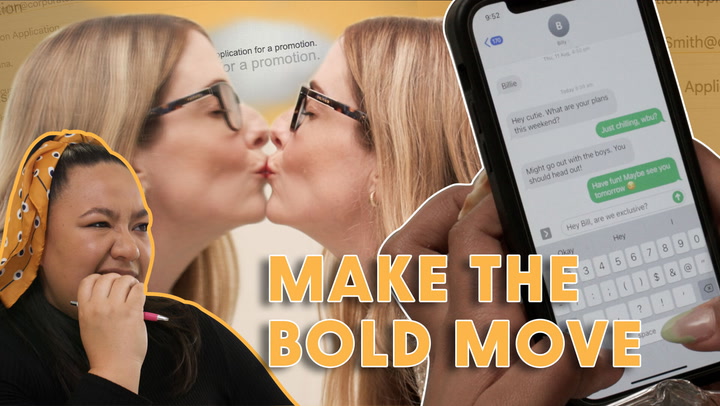
When 21-year-old Billie Kuczynski came home from a casual bushwalk with her dad, she was hit with a crushing headache.
Within hours, she had collapsed and was fighting for her life in hospital, placed in an induced coma after suffering a ruptured brain aneurysm.
Billie doesn't remember much about waking up after two weeks in a coma. But her mum, Tammy, remembers every single terrifying detail.
Tammy remembers the tears when she realised her girl had come back to her. The panic when Billie had no recollection of how she ended up in hospital. The fear when her daughter had to relearn simple life skills, like how to walk and write again.
So much of her memory was just… gone.
But remarkably, there was one thing Billie knew how to do: dance.
 Billie in hospital. Image: Supplied.
Billie in hospital. Image: Supplied.
